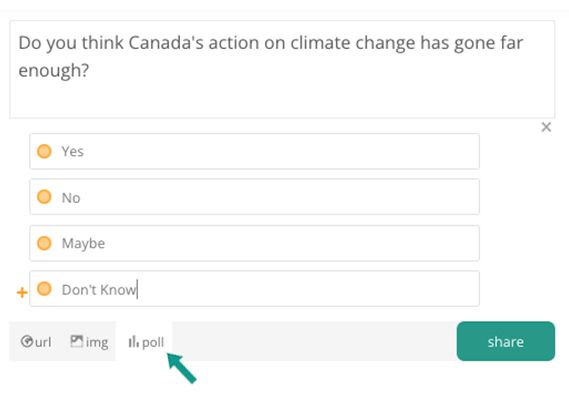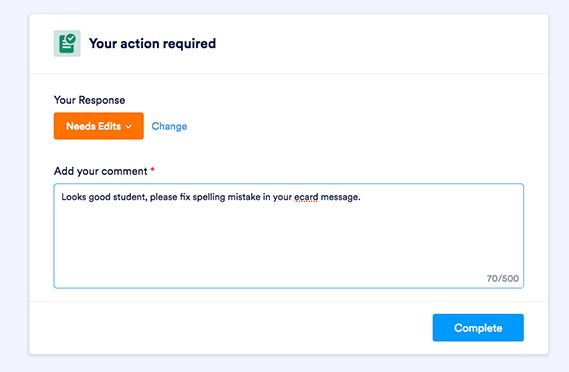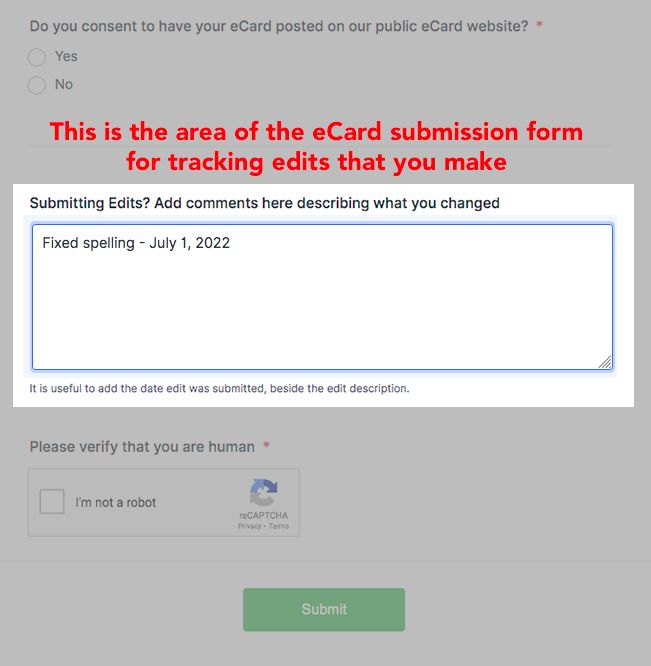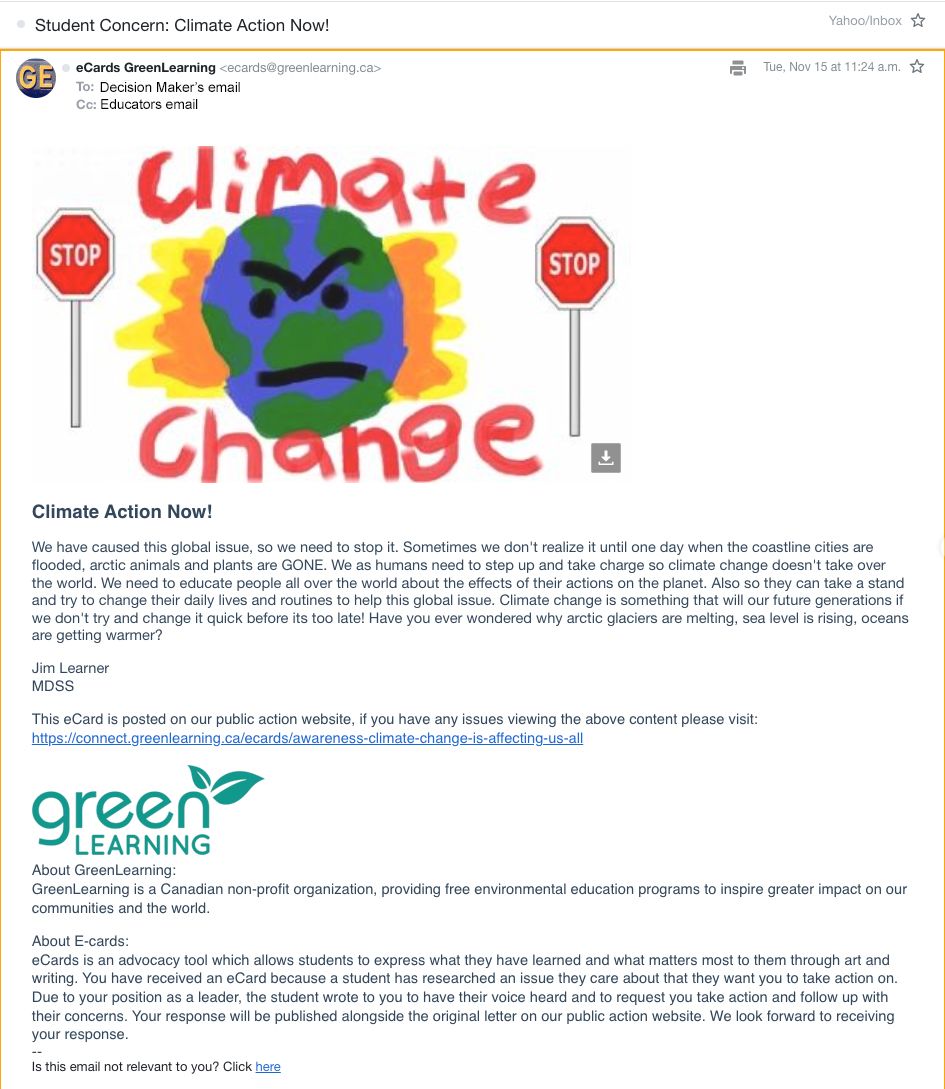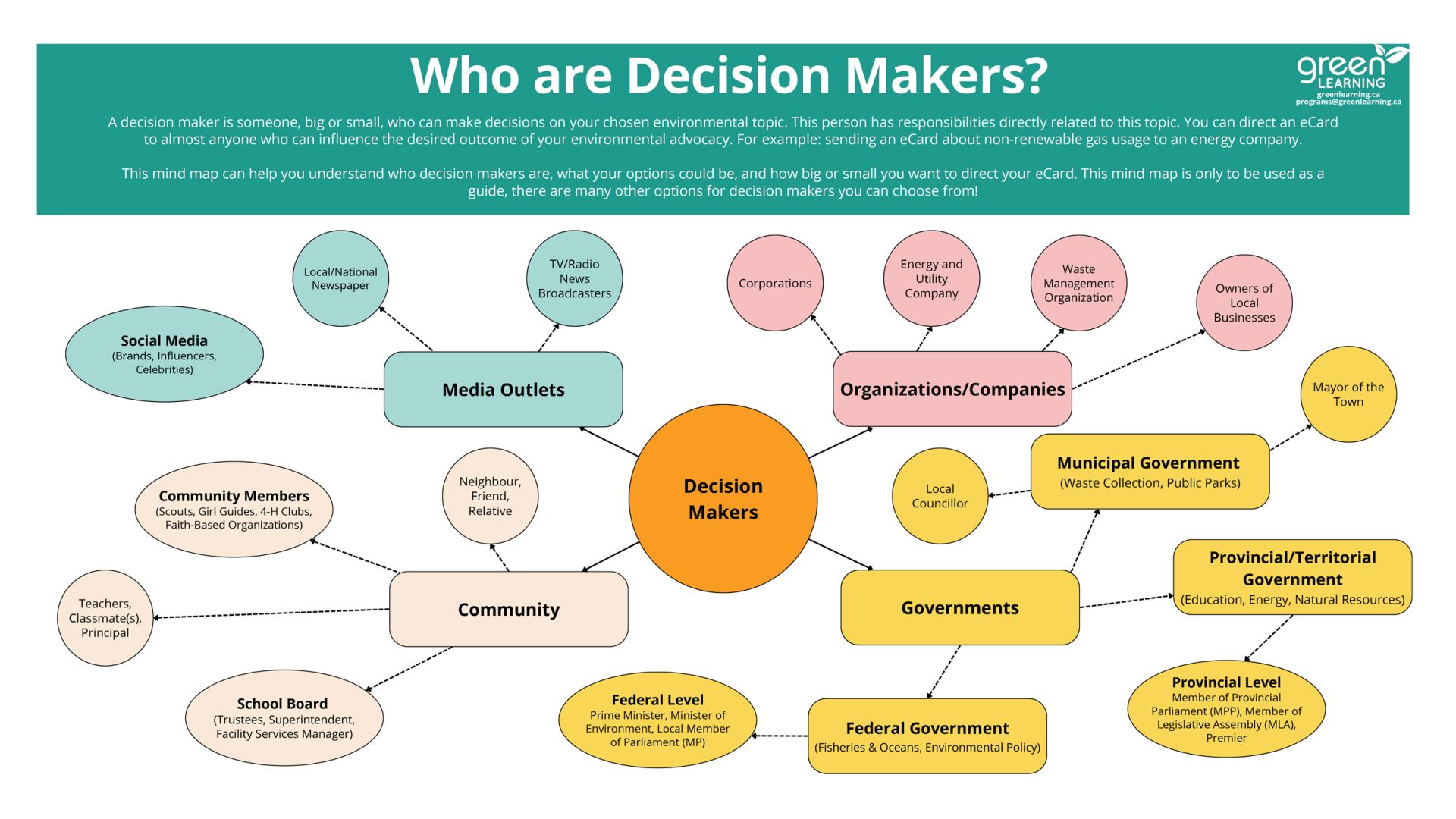2018 Re-Energy Solar Oven
Challenge Submission Showcase
Using a variety of recycled materials, students from coast to coast cooked everything from s'mores to nachos as they learned to harness some of the sun's power through their solar ovens.
Caswell Community School, Grade 7
Saskatoon, Saskatchewan
Group 1:
Our Solar Oven was constructed using cardboard, aluminum foil and black cardstock. Newspaper shreds were provided as an insulator and an orange juice carton was used as a platform. White liquid glue, duct tape and strings were used to hold it all together. The strings were also used to adjust the angles of the panels for the radiation from the sun’s light to work more accurately. The cardboard, newspaper shreds and orange juice carton were recycled while the rest of the materials we used were also recyclable. We got our solar ovens to 96 degrees Celsius (209.8 degrees Fahrenheit) on a day that was 27 degrees Celsius (80 degrees Fahrenheit). We made corn on the cob and lightly cooked cookies.
Group 2:
Name of solar oven: The Kennedy Kooker
The maximum temperature our oven reached was 124 degrees Celsius. The weather was 30 degrees Celsius and sunny. We planned to make cookies and unleash the solar ovens at the school’s eco fair – a week of eco-friendly activities. We took photos throughout the process but didn’t upload them to any social media. It was interesting and a great learning experience to learn about temperature and how to make a solar oven.
Group 3:
The temperature that day was 27 degrees Celsius. There were a couple clouds in the sky but nothing covering the sun. The maximum temperature our solar oven reached 99.6 degrees Celsius or 211.28 degrees Fahrenheit. We used triangles trying to make a dish like shape. We made it so that it was adjustable and easy to transport. We are sharing our project with the rest of the school at an eco-fair. We will share our knowledge and food in which we baked. We have also shared our ideas and learnings with other classes who watched us build. We really enjoyed learning about renewable energy, reflection, heat, and solar power. We found out some interesting things about how to make our world more sustainable and the process in which is needed to build a successful solar oven.
Group 4:
Our solar oven featured a top flap that can be adjusted to different angles, a cardboard flap that can be opened or closed and Styrofoam insulation for minimum heat loss. We will be sharing our solar ovens with the rest of the school during our eco-fair. Overall, making our solar oven was a highly enjoyable experience and we learned a lot about how they function and how they can can help Canadians live more sustainably.
Chedabucto Education Centre & Guysborough Academy
Guysborough, Nova Scotia
Group 1:
We tried to use as much recycled material as possible. We used cardboard from old boxes that we going to be thrown away and paper shavings from the shredder instead of using good paper. Although we had to use good aluminum foil all of our other materials were recycled! Our solar oven has reached at least 175 degrees Celsius. We know this because in order to cook muffins we would’ve had to reached 175. Our muffins did not cook fully, because we did not have enough time to finish, if we had a little more time our muffins would have been done.
We choose to make blueberry muffins. Our recipe wasn’t too complex but they were difficult to cook. For our first time we tried to make three at a time and they ended up not cooking all the way, but it did reach a good temperature. We could have cooked one muffin by itself. We made the batter ourselves.
Our solar oven can be taken apart and rebuilt, it can also stand on its own! Due to the design of our solar oven, the side flaps can be taken off the base and taken apart for better storage. This solar oven although a little bigger than some has a different design and can be easier to transport.
We told our family and friends about this solar oven. We invited someone from the school board to come down and join us for our cook off. We also told our neighbours and they thought this was a good idea to help the earth. We shared our experience on Instagram, Snapchat, Facebook, and Musical.ly. We took a lot of pictures and videos of our solar oven.
Group 2:
Our group used lots of recycled material. We got one of our boxes from a recycled package we got in the mail and the other ones we boxes that Mr. Wilson had lying around. We got our shredded paper from our school’s paper shredder and our dish was an old, used cream cheese container. We did have to buy a roll of aluminum foil but we also had recycled some hot glue that one of us had at home.
Our solar oven reached about 140 to 150 degrees Fahrenheit. The temperature on the day we went out was around 15 degrees Celsius and there wasn't really an abundance of wind. It was overall a pretty nice day. Our group chose to try to bake cinnamon rolls in our solar oven. We chose this recipe because it was fun and everyone likes cinnamon rolls. Our solar oven was pretty traditional in the design department. We used strings and pulled it over the top of the box to help hold up a strip of plastic to help the oven act as a greenhouse. We also used a recycled plastic dish which we painted black and put the lid on it to really keep the heat on our cinnamon roll and to keep the focus pointed at the food.
Our group told our friends and families about the solar oven project. We showed and shared photos of our project with others. We invited a member of the school board to witness the cook off. We shared videos and photos of our solar oven on our snapchat. We shared our images with our friends and families.
David Lloyd George
Vancouver, British Columbia
Group 1:
It was a sunny mid-day and our oven temperature reached 115 degrees Celsius. We cooked a Tortizza – it’s a pizza made with a tortilla and salsa with cheese. Our solar oven featured a large tray so that the light could shine directly on it. We also set up a black plastic container with a clear lid and left cheese in it, which then melted and when we added salsa, it tasted good.
Group 2:
Our solar oven reached a maximum temperature of 140 degrees Celsius. The day was sunny with some wind ad we cooked a pizza pop. We used black paper and black shredded paper to make it hotter. We used black duct tape. We cooked the food on school grounds. We enjoyed it very much and it is an excellent way to cook GREEN.
Group 3:
We got our solar ovens to reach a temperature of 200 degrees Fahrenheit on a sunny and cloudless day. We cooked s’mores and banana boats (banana, graham crackers, marshmallows and chocolate).
École Victor-Brodeur
Victoria, Alberta
About 25 ovens were tested and they went from tiny to huge with a lot of ideas regarding the design. The best success was from grilled cheese. Melted chocolate to put on strawberries was also good and fast. Instant soup worked as well. The temperature reached about 100 degrees Celsius in four or five devices. Most regularly the temperature was around 60 to 65 degrees Celsius. The best stove was a tiny thing in which a Pringles box was modified and used as the food holder. (grilled cheese). The eggs were never successful, I believe it is because they are wet! This type of oven is basically a dehydrator. We will know for next year. One team tried for a quiche. The crust was cooked as well as everything in it however, the eggs never got firm. It was a lot of fun.
Elmwood School, Grade 7 & 8
Winnipeg, Manitoba
At Elmwood we have a Grade 7 and 8 Flexible Learning program that challenges students to think critically and creatively. To tie in what we were learning about heat and particle theory in science, students were tasked with creating a solar oven that used reflection, absorption, and insulation. Using the great resources provided by Green Learning, students were introduced to solar heat and other clean energy technologies.
Over two weeks, students were scampering through recycling bins to try to include as much repurposed material as possible. On the day of the challenge, the weather worked out perfectly in our favour! With a high of 29 degrees Celsius, mostly clear skies and a light wind, it created an ideal day to test out the designs. The students had a blast!
Scott Central Public School
Sandford, Ontario
We tested the solar ovens on Thursday, May 24, 2018. The temperature today was 26 degrees Celsius. The maximum temperature reached by the solar ovens was two reached 60 degrees Celsius and one reached 76 degrees Celsius. The one that reached was small and confined. The ones that reached 60 were insulated.
We decided to make a First Nations connection to our solar ovens. We decided to try to bake Bannock. Bannock is a traditional recipe of the First Nations. This was our way of tying in a First Nations, Metis & Inuit connection. Our recipe was:
3 cups flour (1 cup whole wheat and 2 cups white)
1 tsp salt
2 tbsp baking powder
¼ cup butter
1 ½ cups water
In a large bowl mix flour, salt, and baking powder. Add melted butter and stir until the ingredients form a ball. Knead the dough gently for about 5 minutes. Divide dough into 12 pieces and flatten into circles. Place the dough into solar oven for about minutes or until the dough is golden brown.
Our solar ovens had unique features as some of them were designed to aesthetically resemble an oven. Some of them had doors that opened where they placed the Bannock. There were many ovens that were enclosed to keep the heat from escaping, while others did not pick up on this important element.
The school community was able to share in this experience on many levels. We had photos and videos displayed on the screen at the front of the school on rotation. We displayed the solar ovens on the basketball court all day on Thursday, May 24, 2018. When we did the solar oven challenge, the solar ovens were nyloned off and classes could take their kids out and rotate through the solar ovens on display while they were attempting to bake the Bannock. The grade 7/8 classes took the younger students around and taught them about solar power and their solar ovens. The ovens were also posted on our Twitter encouraging the community to come by and take a look at them outside the school. Our principal posted a video on YouTube to share our testing day. (https://youtu.be/o12iGTjZtTw)
Grade 7 did this challenge but my Grade 8’s also did a challenge of their own that was a “Green Initiative”. In Grade 8 we were learning about “Water Systems”. We decided to try to solve the world’s fresh water shortage by designing solar desalination devices. These devices are meant to use a process of evaporation to extract the salt from the salty water. Therefore, making it fresh and safe. This is also a large problem on some of the reserves, including Grassy Narrows, which we studied this year. My Grade 8’s showcased their projects in the same manner and shared them with the school in the same fashion.
St. Mark’s Separate School
Mississauga, Ontario
The maximum temperature the solar oven reached was 80 degrees Celsius. The weather that day was clear skies and sunny with a temperature of 21 degrees Celsius. We made s’mores and grilled cheese sandwiches. Our oven was symmetrical and square. We spent a lot of time carefully hot gluing the pieces together. The food was shared with classmates and some of the teachers. We really enjoyed the Green Learning Solar Oven Challenge and would love to do it again!
Sydney Academy
Sydney, Nova Scotia
We used recycled pizza boxes which we lined with recycled newspapers. Ninety percent of the material which used was recycled material. The maximum temperature that our ovens reached was 122 degrees Celsius. It was sunny. We cooked smores and toast. We used recycled straws as our levers to hold up our reflectors. We were also looking at ways that straws could be recycled rather than ending in the landfill or hurting our marine life. The students shared the experience as students watched us in the school parking lot. This was a wonderful learning experience for the students. Each student mentioned that this was an awesome experience.
GreenLearning
creates free education programs about energy, climate change and green
economy that engage and empower students to create positive change.
Explore
Get Involved
© 2024 GreenLearning. All rights reserved.
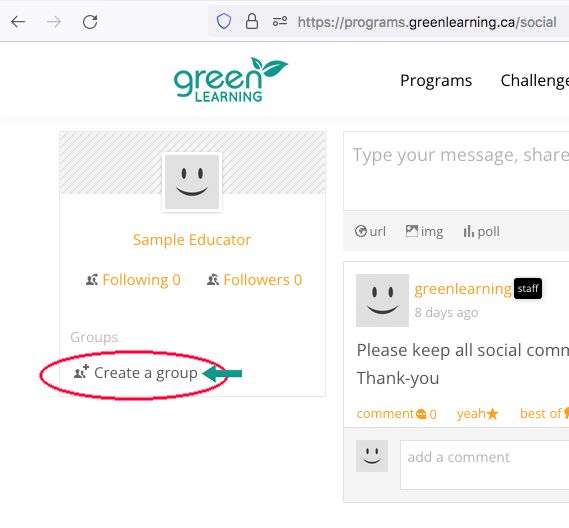
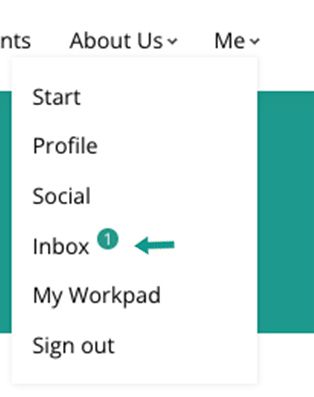

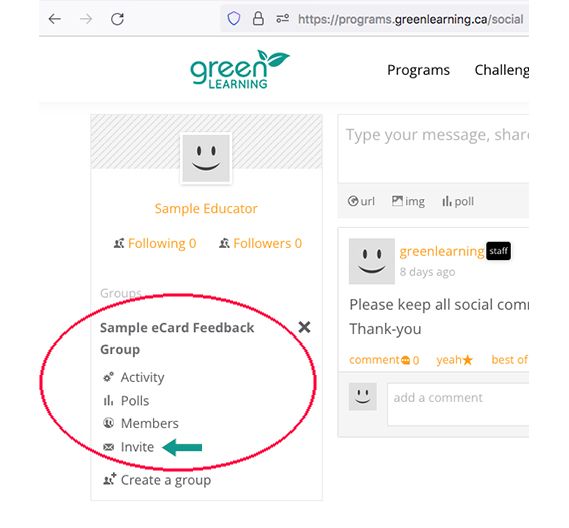

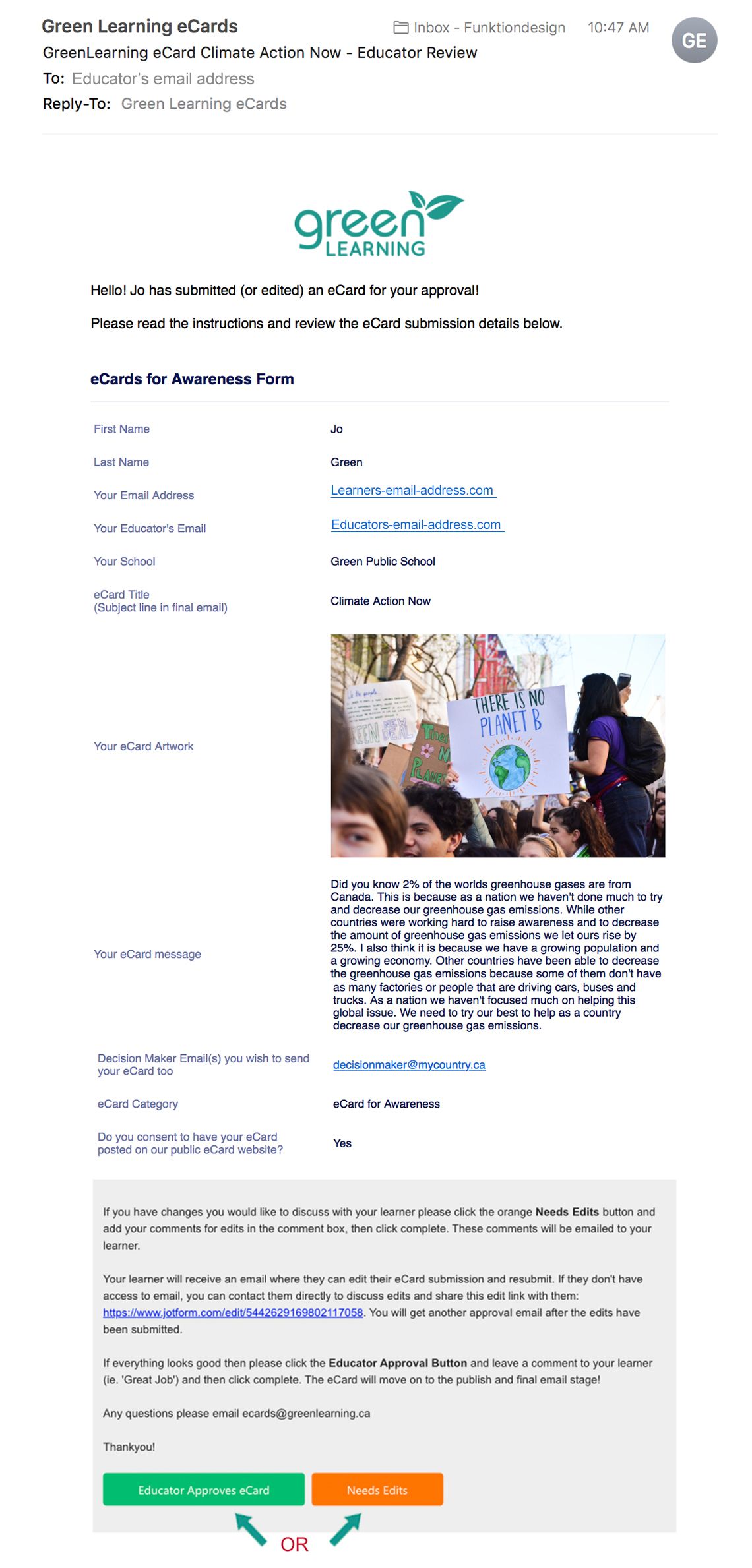

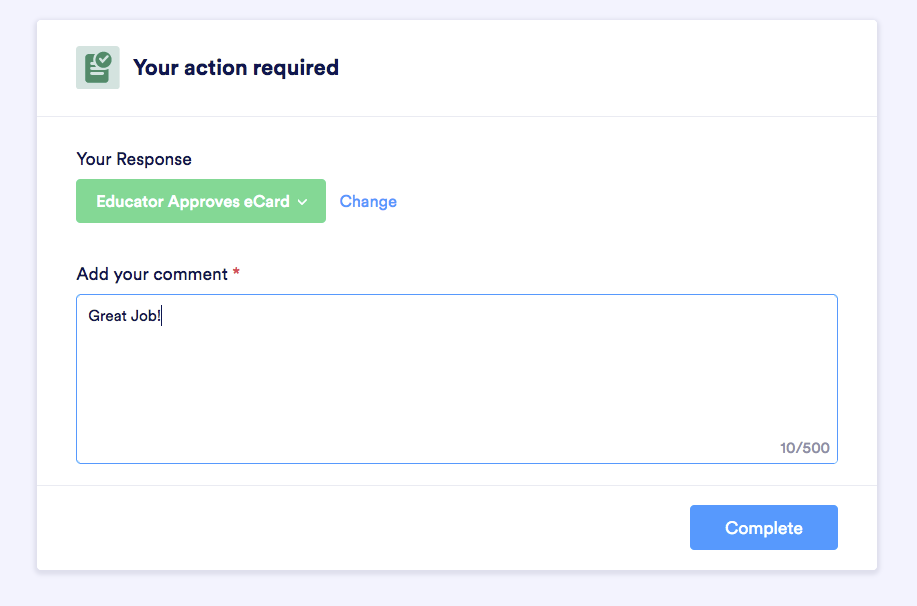

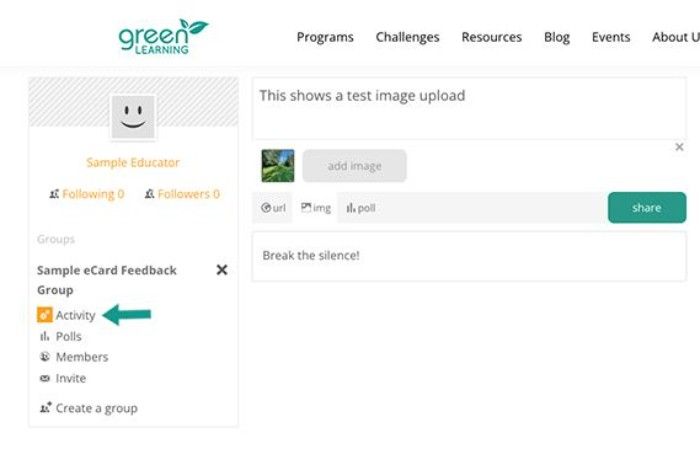
Activity link under private class group.

